Your baby is growing, and with age, their cognitive and motor skills are improving, helping them in doing several delicate tasks every day. Their eyes and hands work together at this stage of developing fine motor skills. So, while one hand is busy, the other will likely move. This is known as the mirroring effect, which diminishes as the nervous system matures.
What are fine motor skills for infants?
As your child grows, they will gradually learn to control the small movements of his wrist, hand, fingers, and even toes. This skill is known as fine motor skills. In case of infants, fine motor skills refer to the ability to manage larger movements of the arms, legs, and feet, as well as the overall coordination of the body.
You can help your child improve their motor skills by engaging in various activities that target both gross and fine motor skills, tailored to their developmental stage. Whether it is picking up food or playing with toys, these activities lay the foundation for more advanced skills like writing or buttoning clothes.
Your child’s early growth involves learning fine and gross motor skills. While both skills require movement, they have distinct characteristics. Both skills will aid in your child’s independence. Fine motor skills are especially important as they allow your child to do self-care activities independently. These activities include:
- Brushing teeth
- Eating
- Writing
- Getting dressed
Examples of fine motor skills
Babies and young children learn to move in different ways at their speed. Some may pick up skills faster than others, but most kids typically start developing these abilities around one to two months old and keep learning more as they grow through preschool and early elementary school.
- Developing the palmar arches will improve your child’s ability to move his fingers for tasks like writing and unbuttoning clothes.
- By strengthening the palmar arches, your child will have better control and strength in his fingers for activities like writing and gripping objects.
- Your infant must work on developing the fine motor skills in his hand for better grip. This includes using the thumb, index finger, and other fingers simultaneously.
- Your little one will learn to use scissors around the age of four, which will help improve hand strength and hand-eye coordination.
Fine motor skills activities for 1-year-old
Congratulations! Your little one has turned one year old! You will notice a lot of growth in your toddler. The big milestones, like those exciting first steps, are amazing, but the smaller skills are just as important. With better gross motor skills, your child can explore more and practice fine motor skills too. While he might not pick up tiny things just yet, he will enjoy playing with larger items like wooden blocks and puzzle pieces.
At this stage, you might see that your child’s hand-eye coordination is getting better. Even if you see them using one hand more than the other, it does not mean they have a dominant hand yet.
How to develop fine motor skills in your 1-year-old toddler
- Teach them to fold paper, like making an accordion fan or a paper aeroplane.
- Let the toddler sort blocks of various shapes (squares, rectangles, triangles) by placing them in the right holes.
- Motivate them to build towers using toy blocks.
- Inspire them to create towers by stacking toy blocks.
- Provide them with clay to create shapes.
- Involve them in household chores like sweeping, organizing, and basic food preparation.
- Engage in an outdoor activity like playing catch with a ball.
Fine motor skills activities for 2-year-old toddler
The age of two years old is often called the terrible twos, but it is not that bad when you consider all the progress your child is making. Your child’s hand and finger coordination is improving, allowing them to pick up small objects like peas and perform tasks like opening jars.
How to develop fine motor skills in your 2-year-old toddler
At this stage, your child will be better at focusing and can engage in creative activities for short periods. Here are some activities you can suggest for your child to try:
- Enjoy reading books with them and allow them to flip through the pages.
- Provide them with crayons, finger paints, or coloured pencils for his creative expression.
- Encourage them to play with blocks or a building set that interlocks.
By the age of three, your child will have improved muscle control. This will allow him to move his fingers separately and together. You will see this when a toddler holds a pencil or crayon, as a grip will be more similar to that of an adult.
It is important to remember that playing and practising are essential for developing the small muscles needed for fine motor control. Activities such as “tummy time” can help strengthen core stability, which is important for developing fine motor skills. Mother’s Pet Kindergarten is dedicated to nurturing young minds, providing the perfect environment for these morals to take root and helping children develop with a mix of traditional wisdom through enhancing fine motor skills.

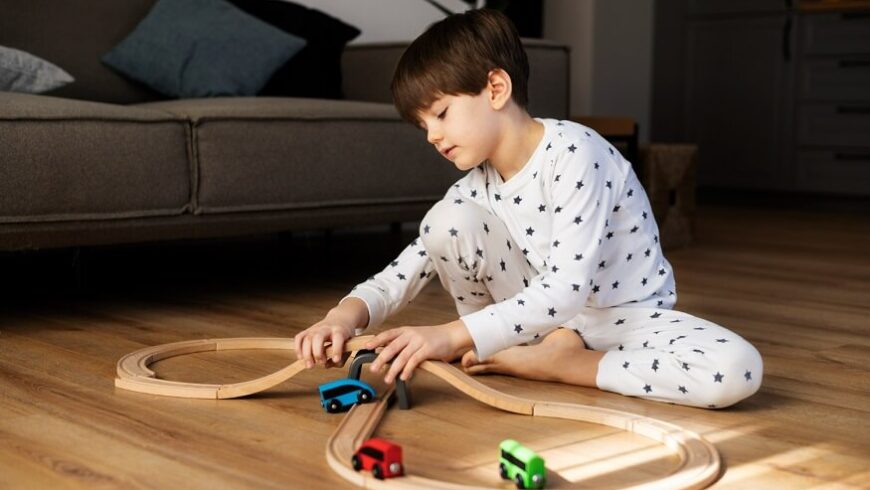
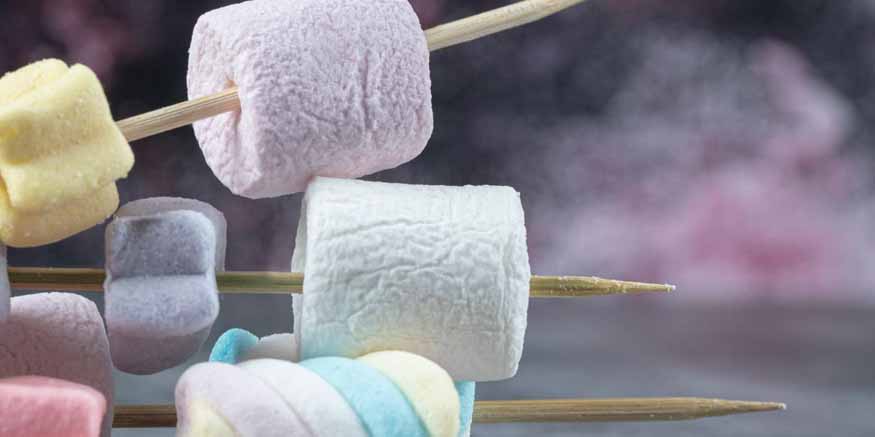
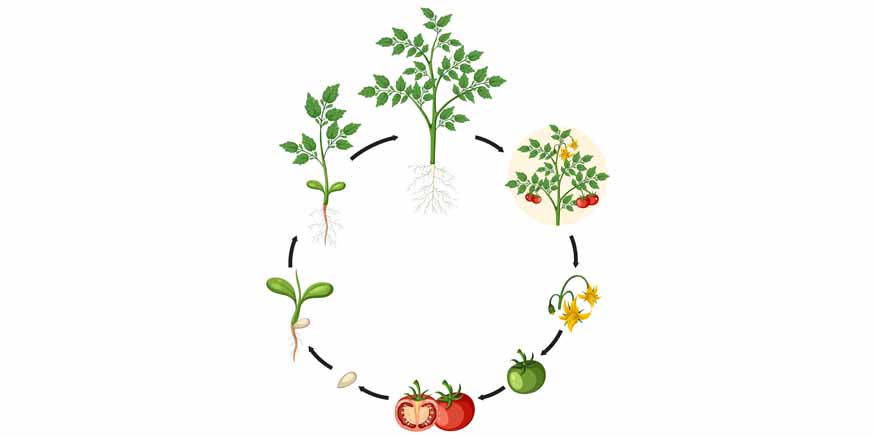


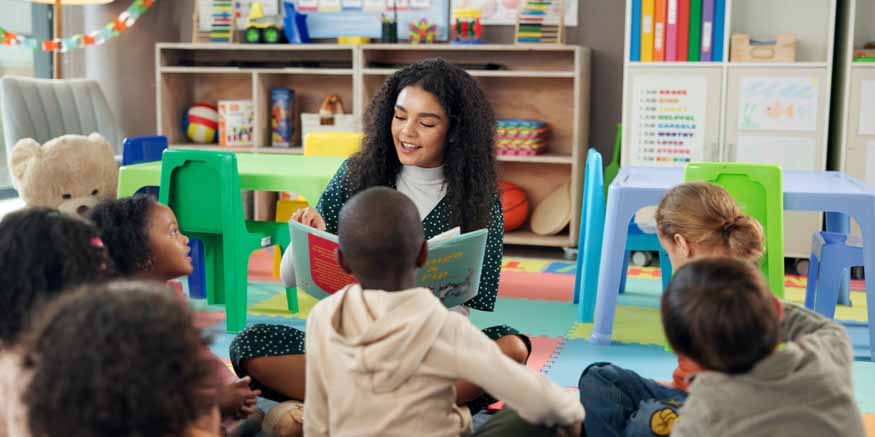
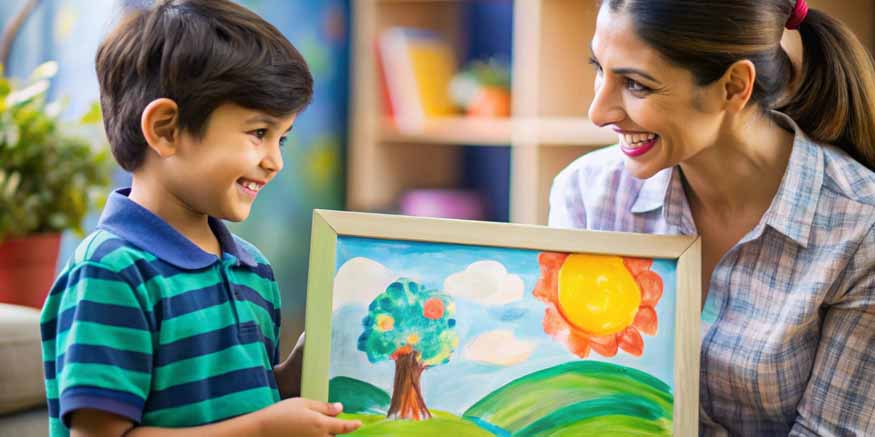
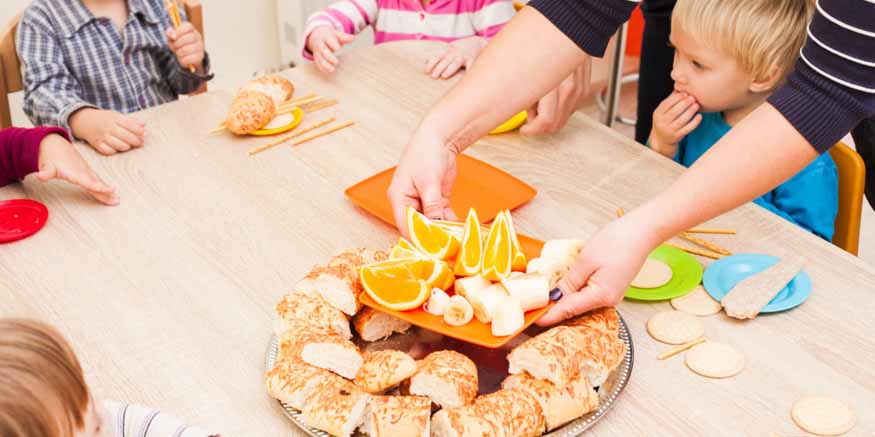
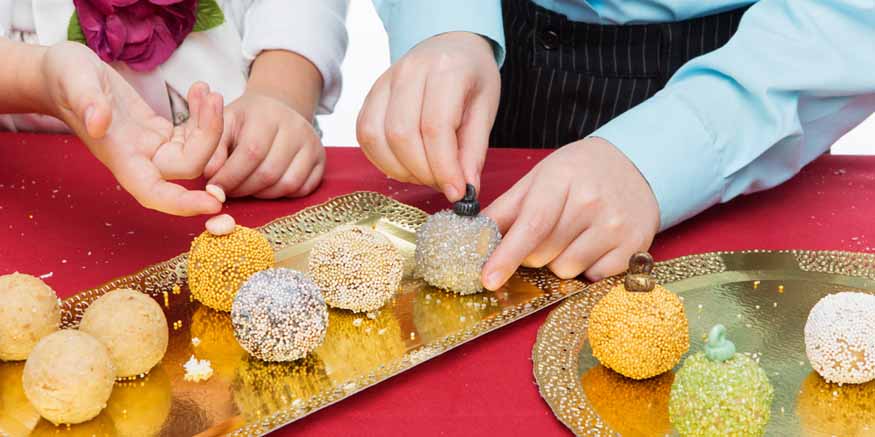

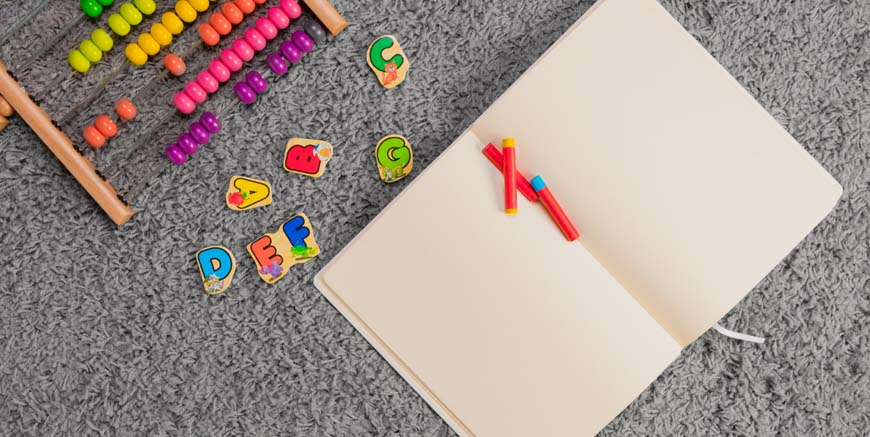

Recent Comments